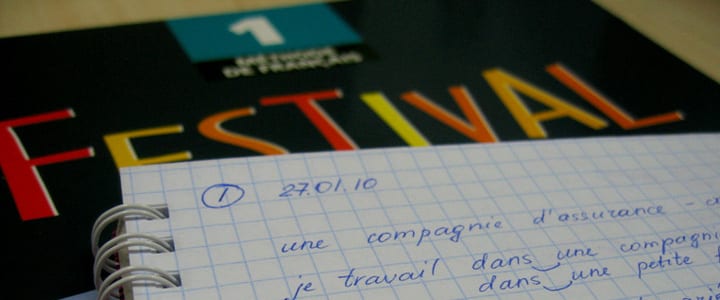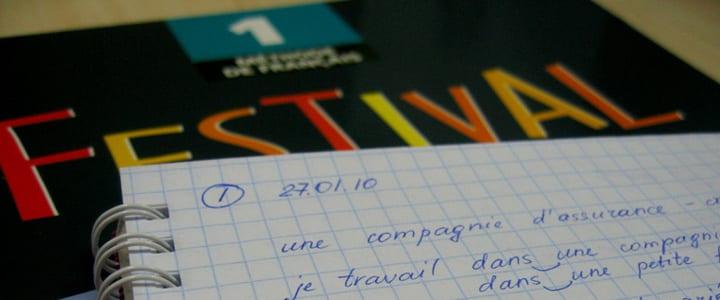 In French, like in English, you can often make a statement into a question just by raising your voice at the end. However, that’s not the only way the French might pose a question, and as you learn French you’re likely to come across many other variations. It’s a good idea to get all the other forms of interrogative sentence under your belt as well.
In French, like in English, you can often make a statement into a question just by raising your voice at the end. However, that’s not the only way the French might pose a question, and as you learn French you’re likely to come across many other variations. It’s a good idea to get all the other forms of interrogative sentence under your belt as well.
1. Question words.
Just like English, French question words can be used to start off a sentence you want to turn into a question. These words take the place of the subject of the sentence, and you form the rest just like you would in English.
Examples:
Où est la bibliothèque? (Where is the library?)
Qui a mangé mes bonbons? (Who ate my candy?)
Qu’est-ce qu’il a dit? (What did he say?) [Remember: Qu’est-ce que gets elided, the last letter replaced with an apostrophe, when it’s followed by a vowel.]
2. Yes/no questions (Est-ce que form).
Where English would start a question in a form like “Is there…” or “Do you…”, which require a yes or no answer, French uses the “Est-ce que” question form. To create a sentence in this form, simply put the phrase Est-ce que in front of your sentence, which turns it into a question about whether that sentence is true. If it helps, think of this form as saying, “Is it true that…?”
Examples:
Est-ce que vous avez un stylo? (Do you have a pen?)
Est-ce qu’elle aime les chats? (Does she like cats?)
Est-ce que je peux aller au cinema? (Can I go to the movies?)
3. Subject-verb inversion.
This is the tricky one, but while in many cases you can work your way around it. Using the inverted question form when appropriate will make your French sound much more natural and fluid. French grammar considers this the most formal of the three, so watch out for it in polite settings.
Just like it sounds, to create an inverted question you switch the places of the subject and the verb: the verb comes up to the head of the sentence, with the subject pronoun immediately following. If you’re asking a yes or no question, that’s all you have to do; if your question is open-ended, use the relevant question word to start the sentence. Just like before, if the verb ends with a vowel and the subject starts with one, insert a –t- between the two.
Examples:
Avez-vous un stylo? (Do you have a pen?)
Aime-t-elle les chats? (Does she like cats?)
Qu’a-t-il dit? (What did he say?)
Peux-je aller au cinema? (Can I go to the movies?)
Now, here’s where it gets complicated. Depending on what you’re asking, you may have to follow some extra rules:
- If the subject of your sentence is a noun, not a pronoun, you move the noun up to the start of the sentence on its own, and put a pronoun representing it where the subject should go. Example: Marie a-t-elle un stylo? (Does Marie have a pen?)
- If the verb has a direct or indirect object pronoun, that pronoun needs to move with the verb. Example: Que m’a-t-il dit? (What did he say to me?)
- That above rule also applies to negatives, since they’re also attached to the verb and need to stay with it if you want them to make sense. Example: N’aime-t-elle pas les chats? (Does she not like cats?)
It can seem complicated to start with, but keep practicing your French grammar and you’ll soon be asking questions like a native Parisian!
Looking for more help with French grammar? Studying with a French tutor is a great way to see fast results, whether you need to boost your grades or get ready for a trip abroad. Search for a tutor maintenant!
Photo by Felissy
Megan L.

